Almost 500 years ago, in 1525-1529, the ten monasteries in Basel ceased to exist. The city became the new owner. The bishop, too, left the town and went to Porrentruy. The Reformation reached Basel, and 450 years of history ended.
The first monastery St. Alban was founded in 1083. The second monastery was St. Leonhard, which was consecrated around 1133.

The St. Alban Monastery, unknown artist, 19th century. Photo: Wikipedia


Today’s complex of the St. Alban monastery


The Leonhardskirche and the Museum of Music
In the thirteenth century, the number of monasteries increased due to the rise of the new mendicant orders. Between 1231 and 1279, Dominicans (also called Preachers because preaching was their principal occupation) founded Franciscan and Augustinian monasteries, all with male and female convents. The last monastery, the Carthusian order, was established in 1401.

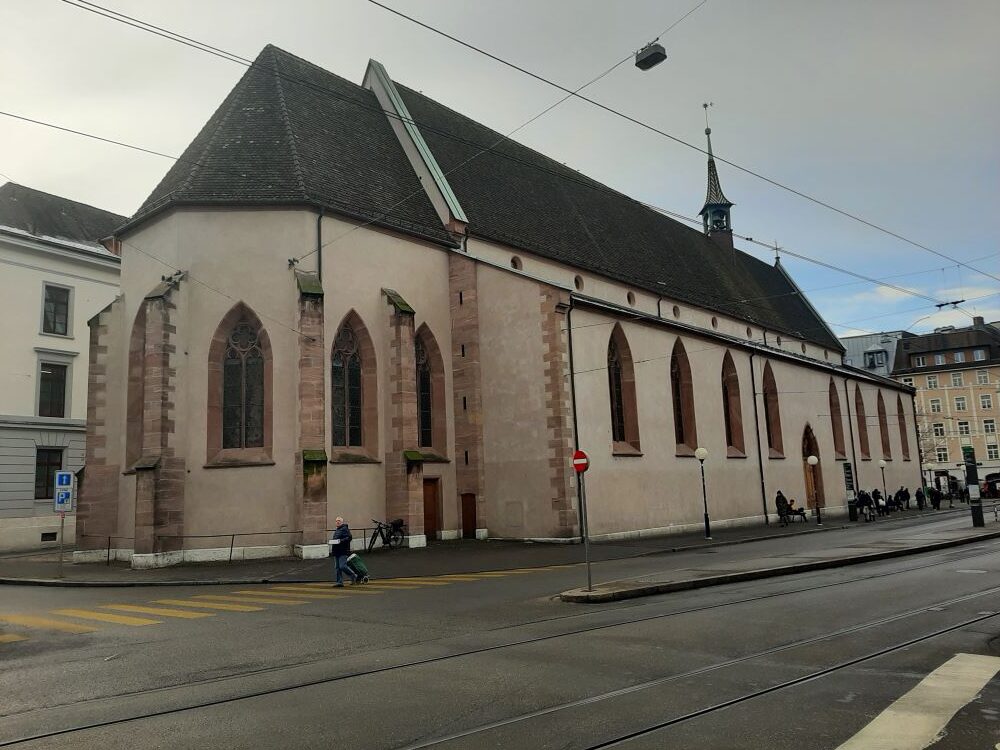
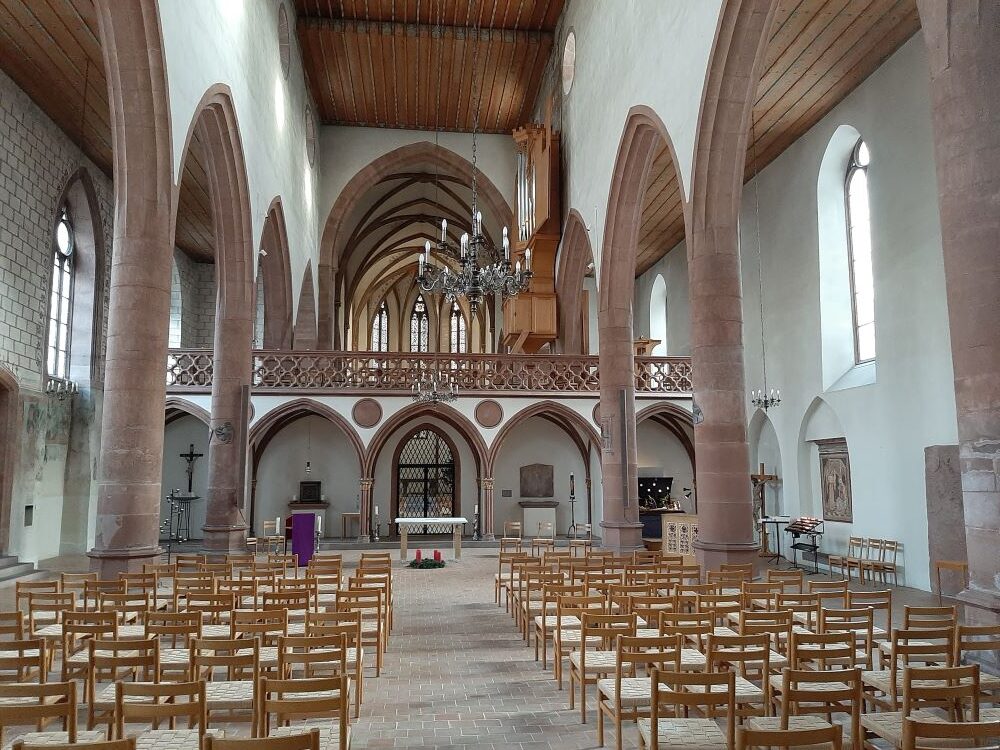

The Predigerkirche
The mendicant orders had three male monasteries (Barfüsser or Barfoot (Franciscans), Prediger (preacher) and Augustiner) and four female monasteries (Gnadental, St. Clara, Steinen Monastery and Klingental).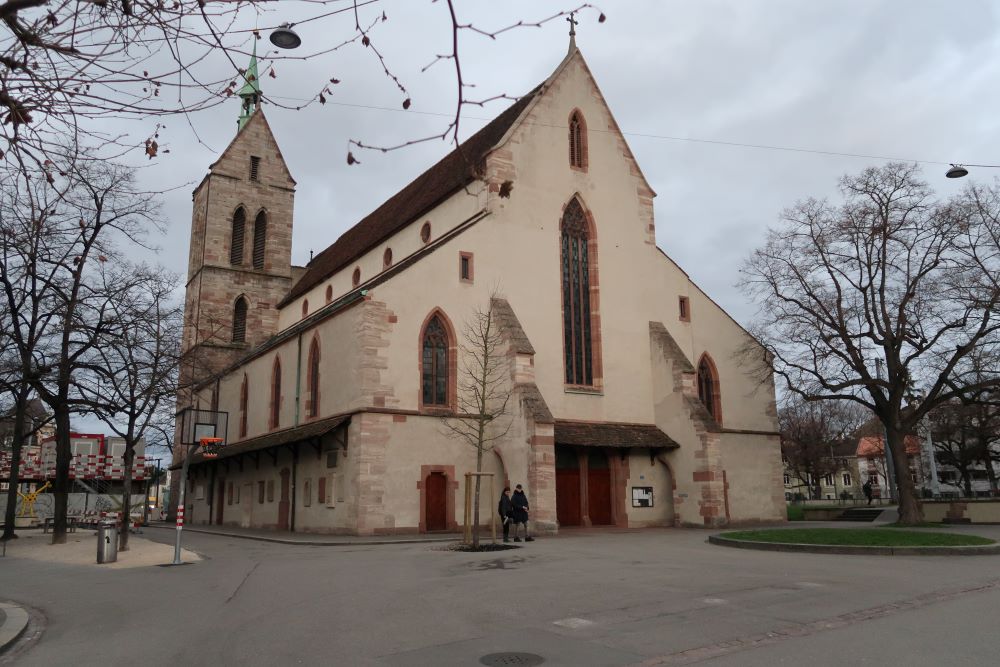

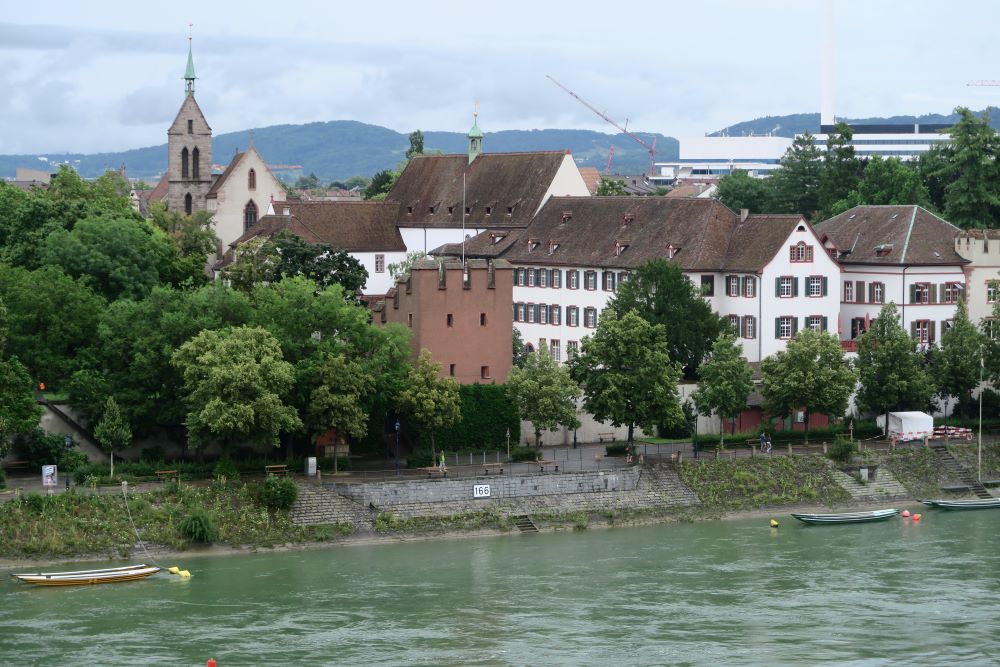

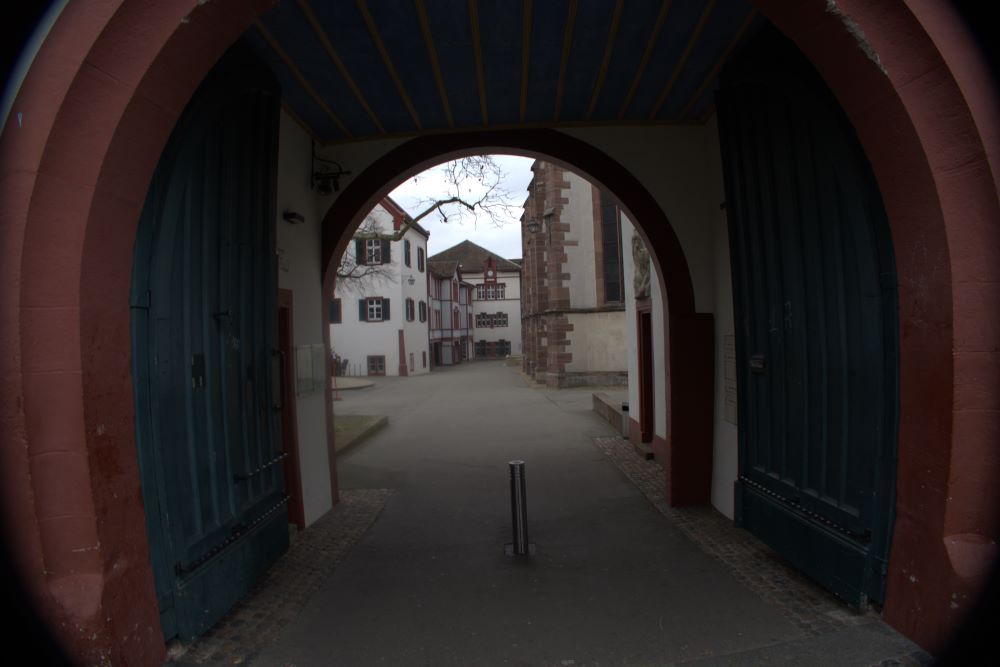
The complex of the Carthusians and the St. Theodorkirche
The complex of the Carthusians is the best preserved; other monasteries have been completely lost, including the Steinen Monastery (on the site of the Tinguely wells). Only the walls of the Gnadental and Augustiner monasteries have survived the fate of history.
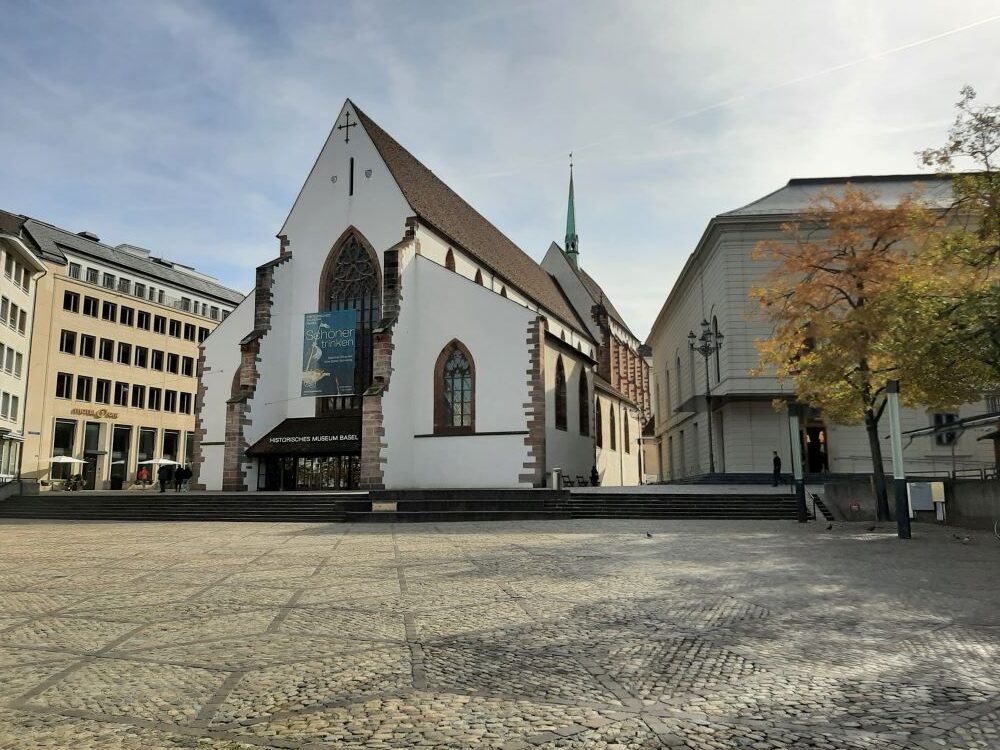
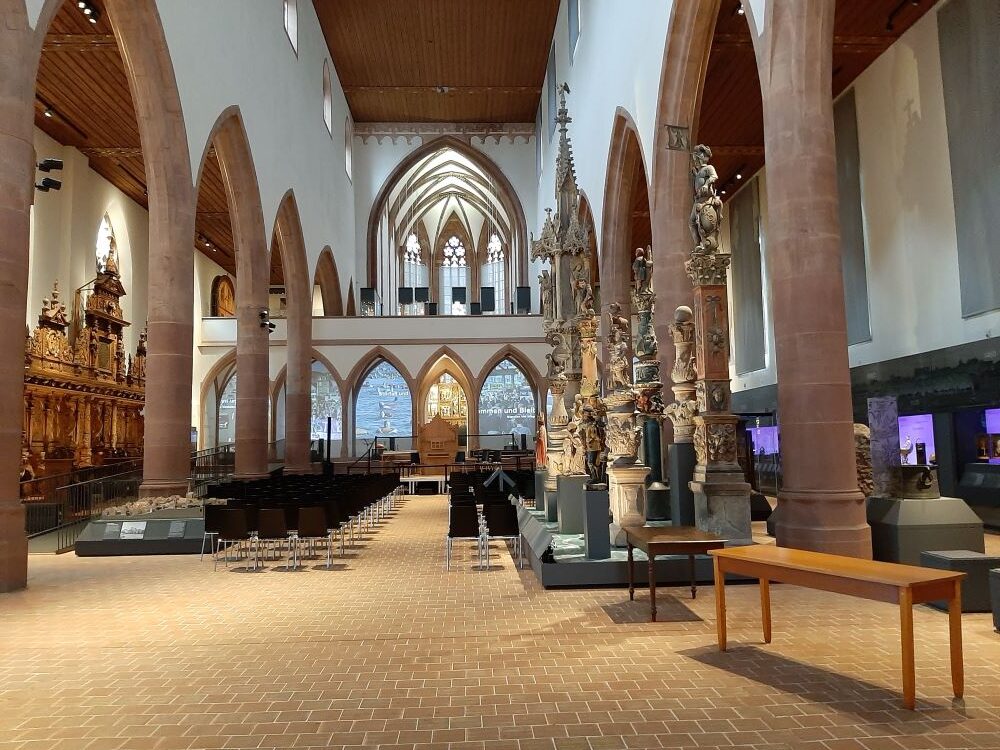
The Barfüsserkirche

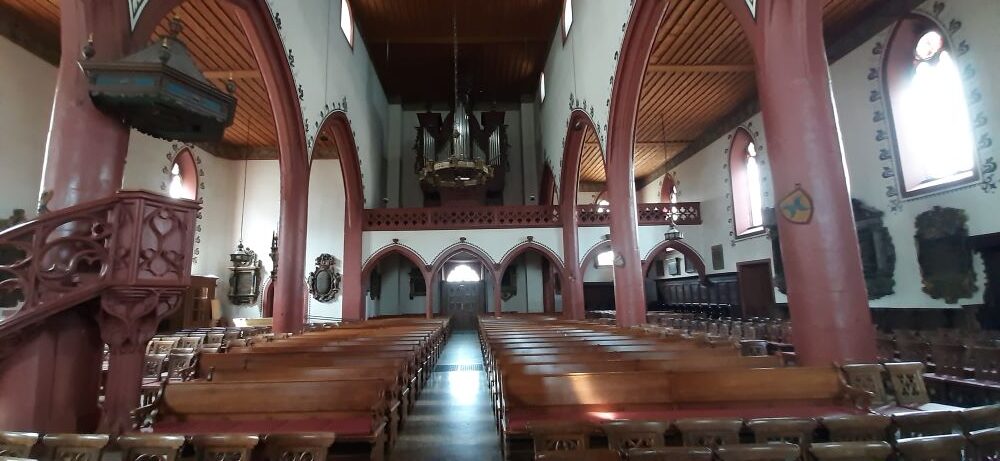
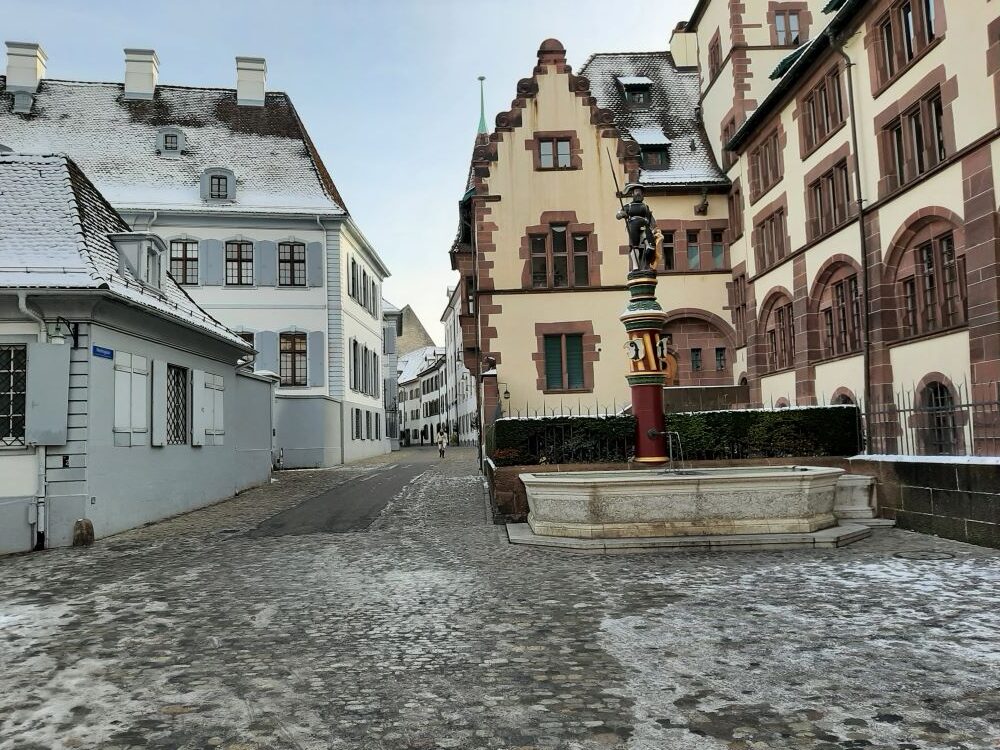
The Martinskirche and the Martinsplatz


The Peterskirche
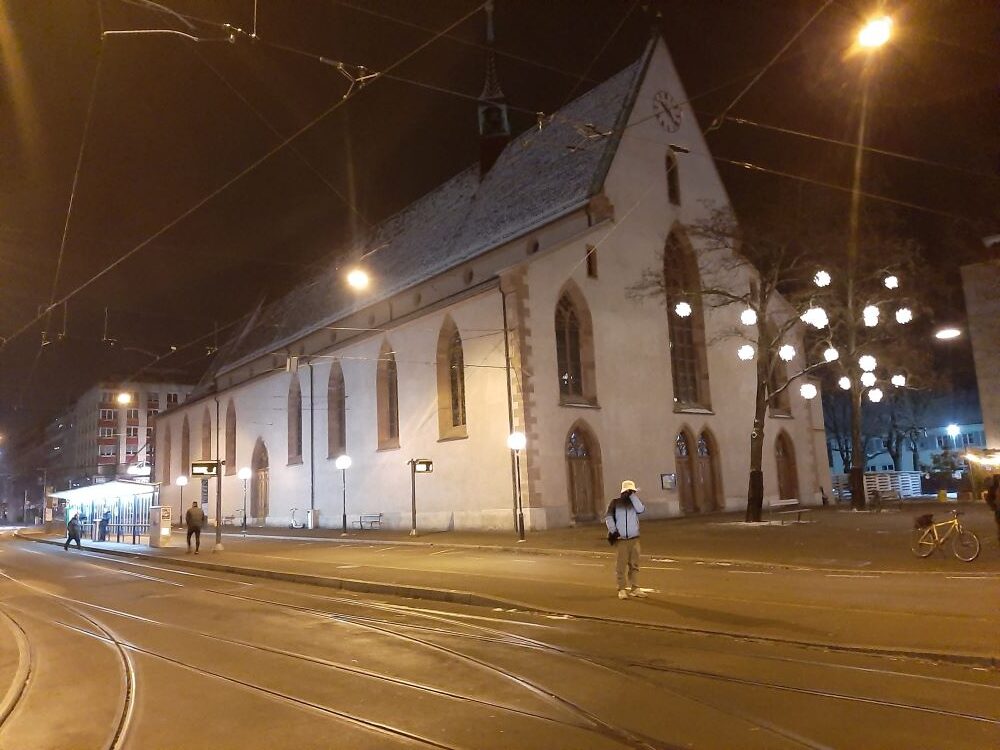
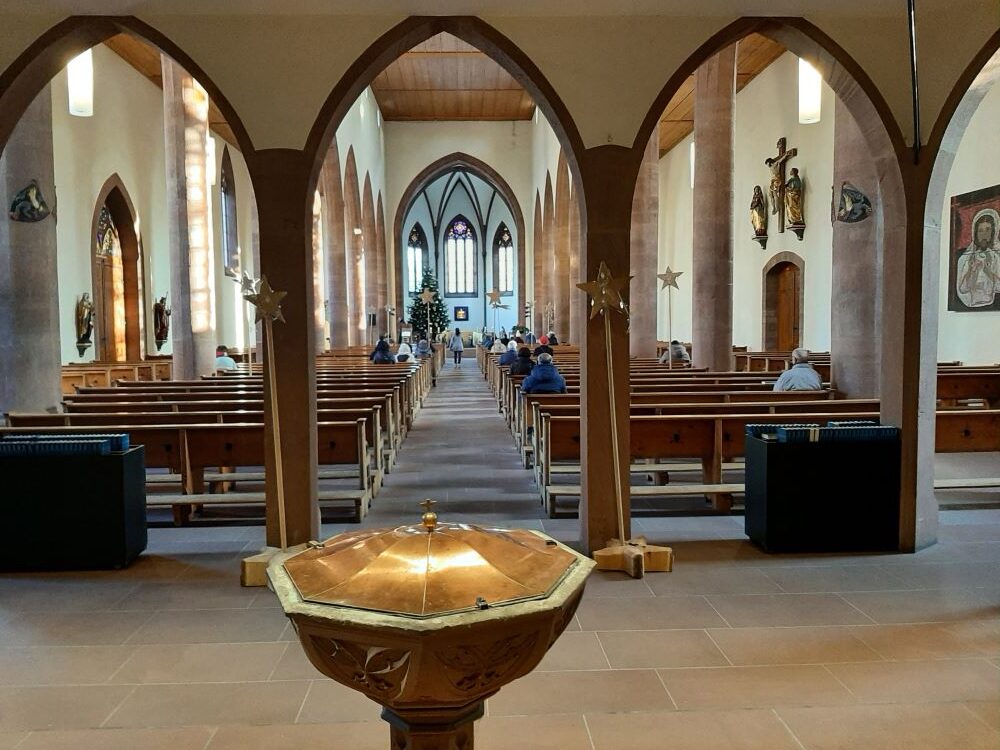
The Clarakirche
The Preacher’s Church (Predigerkirche), consecrated in 1269, has been thoroughly renovated with an eye for detail and the medieval original, including a reconstruction of the Dance of Death on the walls of the cemetery. This Dance of Death (Totentanz) was destroyed in 1805.
The Barfüsserkerk is the historical museum of Basel. St. Clara is the monastery church of the Clarissa, the female Franciscans, and it is still functioning.
The monastic life of Basel depended on the presence of the bishop. He was the head of the diocese, the prince of the Holy Roman Empire and the most important secular lord of the town until the 15th century.
The Reformation changed the monastic life forever.
(Source: F. Ackermann, Th. Wollmann, Klöster in Basel, Basel 2009).
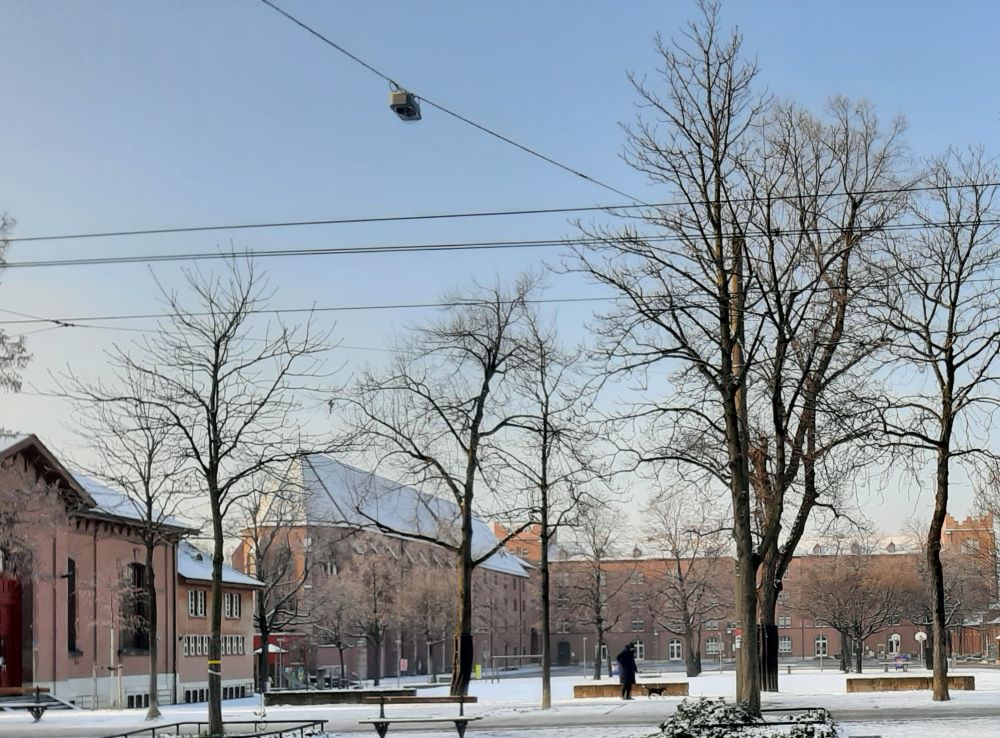


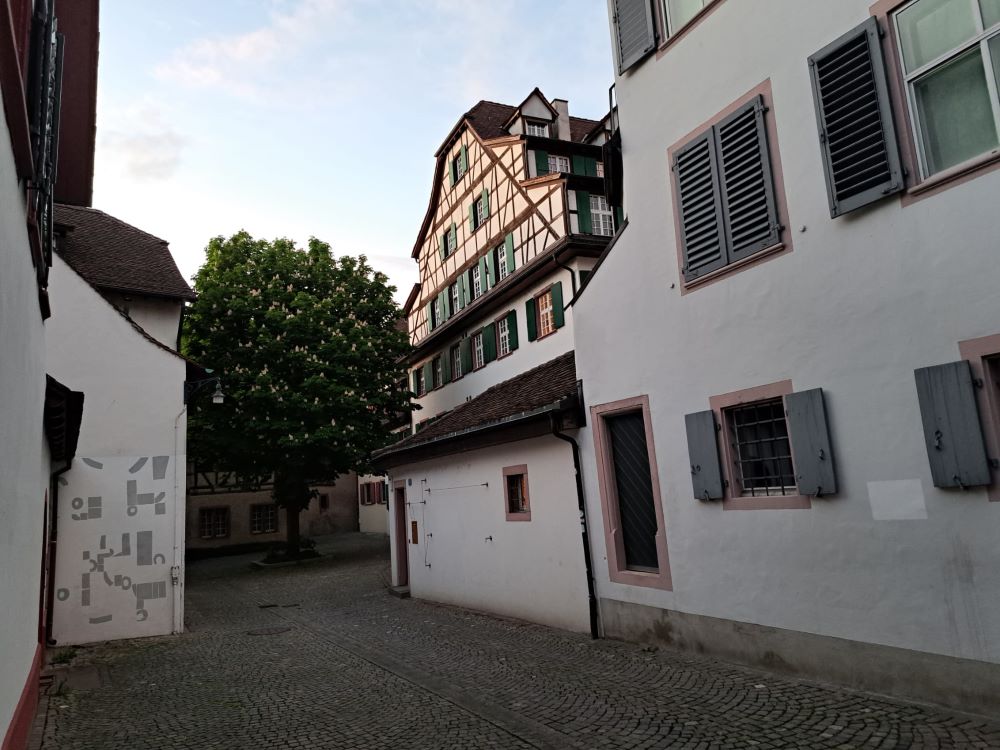
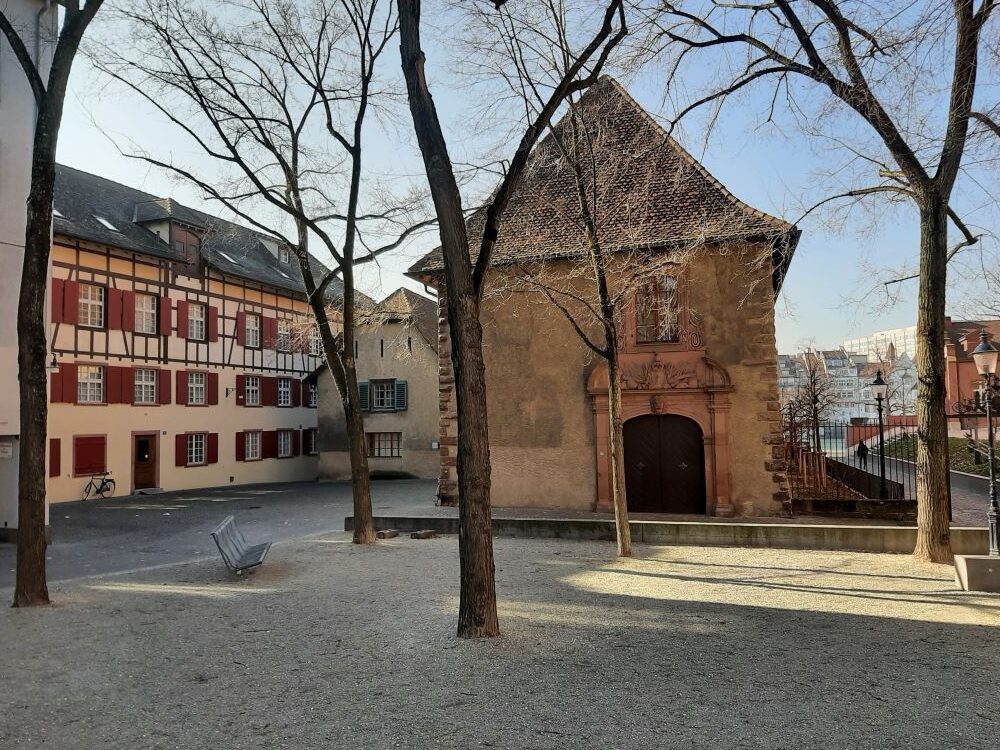


Webergasse, wallpainting.

The former monastery in Klein-Basel










































